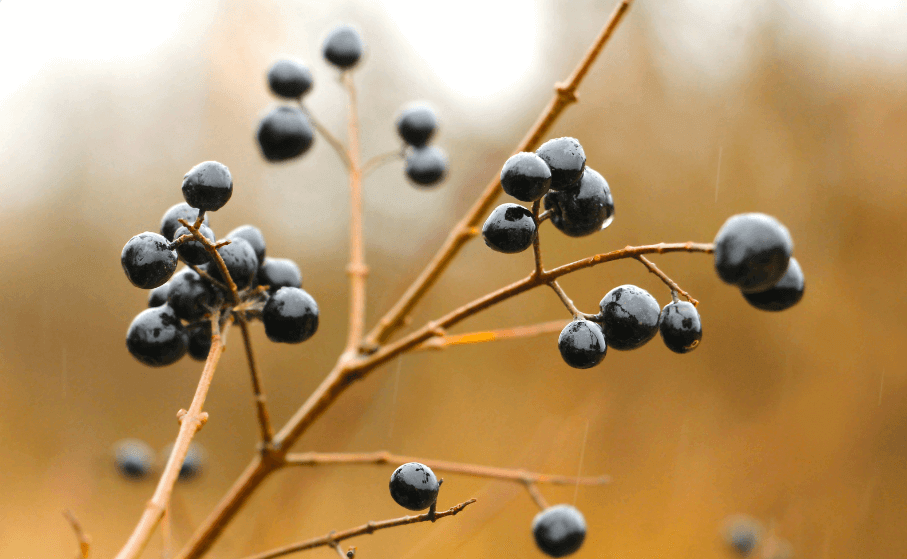
Privet
Share

Common Name Common Privet,Hedge Privet,Garden Privet,Border Privet
Family Name Oleaceae
Parts Used Seed
Herbal Actions Antipyretic, Antispasmodic, Astringent, Diuretic, and Expectorant
Health Benefits Immune Support, Respiratory Health, and Liver Function Enhancement
What are the Benefits of Privet?
Privet, often recognized for its holistic benefits, is rich in various beneficial compounds such as saponins and tannins. These elements are thought to work together synergistically, enhancing the plant's ability to promote health and wellness. Traditionally known in herbalism as an adaptogen, or an herb that helps the body resist stressors, consuming privet in forms such as tea or extracts can bolster the immune system, support respiratory health, and maintain overall vitality. Its adaptogenic properties make it a valuable herb for managing stress and improving mental clarity, making it a cherished component in the realm of natural health remedies.
Historical Use of Privet
The privet plant, often referred to by its botanical name *Ligustrum*, is noted for its distinctive, glossy green leaves and clusters of small, fragrant white flowers. Historically, privet has been utilized in various cultural practices around the world. In traditional European herbalism, the leaves and berries of privet were commonly used to make decoctions and tinctures believed to purify the blood and support liver health.
In Asia, especially in Chinese medicine, privet fruit is highly valued for its health benefits, including promoting longevity and improving eyesight. The leaves and flowers have been used in teas to alleviate headaches and restore vital energy. Japanese and Korean traditions also include the use of privet as a hedge plant with protective qualities believed to ward off evil spirits.
By the 19th century, European settlers had introduced privet to the Americas as an ornamental plant, but its medicinal qualities were soon recognized by local herbalists. The versatility of privet in traditional medicine has made it a subject of interest for botanists and health practitioners globally, continuing to be explored for its therapeutic potential.
Botanical Description & Habitat
Privet, scientifically known as *Ligustrum*, is native to parts of Europe, North Africa, and Asia, but has since been widely naturalized across the globe due to its robust nature and ornamental value. This resilient perennial is predominantly recognized for its dense, fast-growing shrub form, which makes it a popular choice for hedges and privacy screens in urban and suburban landscapes.
Characterized by its dark, glossy green leaves and clusters of small, fragrant white flowers, privet typically blooms in early summer, filling the air with a sweet aroma. The flowers give way to small, black berries in the fall, which are often utilized in traditional medicines and are a crucial food source for local wildlife, although they are considered toxic to humans.
Privet thrives in a variety of climates but prefers temperate conditions and well-drained soils, often found lining the edges of woodlands, roads, and fields. It is particularly hardy, capable of enduring harsh environments, and often one of the first plants to repopulate disturbed lands. While it is adaptable and easy to grow, privet's aggressive nature allows it to sometimes dominate the landscape, outcompeting native flora and thus considered invasive in many regions. This robust adaptability and ecological impact make privet a plant of significant interest and concern in botanical and environmental studies.
